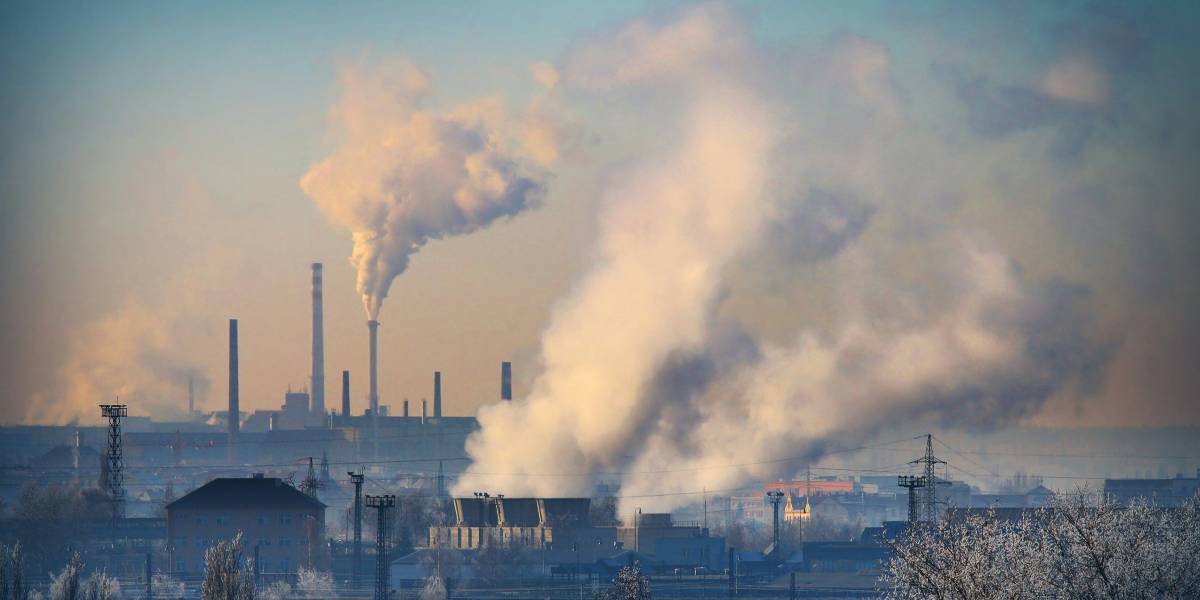Climate change is reshaping the global economy, impacting industries and business practices. As climate risks grow, companies adapt to shifting consumer expectations and regulations, navigating challenges and opportunities in a changing environment.
The Growing Risks of Climate Change for Business
Climate change introduces several risks that can disrupt business operations and affect profitability. These risks include physical threats from extreme weather, regulatory pressures, and shifts in consumer behavior.
Physical Risks to Operations and Supply Chains
With more frequent extreme weather, businesses face greater risks to infrastructure, supply chains, and operations. Floods, wildfires, and storms can damage facilities, delay production, and disrupt logistics, increasing financial strain. Global supply chains are particularly vulnerable, emphasizing the need for resilience planning.
Regulatory and Compliance Pressures
Governments worldwide are implementing stricter environmental regulations to combat climate change, affecting business practices across industries. These policies may involve emissions standards, waste reduction, and carbon pricing. For businesses, compliance with these regulations is essential to avoid fines and maintain a positive reputation. However, adapting to these requirements may require significant investment in sustainable practices.
Shifts in Consumer Expectations
As public awareness of climate change grows, consumers are increasingly prioritizing sustainability. This shift in consumer expectations presents both challenges and opportunities for businesses.
Demand for Sustainable Products and Practices
Today’s consumers are more environmentally conscious and prefer brands that demonstrate sustainable practices. From eco-friendly packaging to ethically sourced materials, businesses are expected to reduce their environmental impact. Meeting these expectations requires a commitment to sustainability throughout the supply chain, which can attract customers and build brand loyalty.
The Role of Transparency and Accountability
Transparency is crucial in gaining consumer trust. Many consumers now seek brands that provide clear information about their environmental practices, including carbon footprint, supply chain transparency, and efforts to reduce waste. Businesses that embrace transparency can enhance their reputation, while those that lack accountability risk losing customers.
Financial Implications of Climate Change
Climate change poses financial risks to businesses, affecting operational costs, insurance premiums, and investor interest. Understanding these financial implications is critical for long-term business sustainability.
Rising Operational and Insurance Costs
As extreme weather events become more common, businesses may face higher operational and insurance costs to cover potential damages. Property insurance costs may increase in areas prone to natural disasters while rising energy costs associated with climate mitigation efforts can also affect profitability. To mitigate these expenses, companies are increasingly investing in energy-efficient technology and disaster preparedness.
Shifts in Investor Expectations
Investors are increasingly aware of climate risks and are prioritizing companies with sustainable practices. Many investors now consider environmental, social, and governance (ESG) factors when making investment decisions, favoring companies that demonstrate a commitment to sustainability. Businesses that fail to address climate risks may find it harder to attract funding, while those with strong ESG practices can appeal to a broader range of investors.
Opportunities for Innovation and Growth
While climate change presents challenges, it also offers opportunities for innovation and competitive advantage. Companies that adapt to environmental demands can drive growth and position themselves as leaders in sustainability.
Developing Sustainable Products and Services
Climate-conscious consumers are creating demand for products that minimize environmental impact. Businesses that innovate by offering sustainable alternatives—such as renewable energy solutions, biodegradable packaging, or energy-efficient technologies—can capture market share and set themselves apart from competitors.
Embracing Green Technology and Renewable Energy
Adopting green technology and renewable energy sources not only reduces environmental impact but can also improve operational efficiency. Many businesses are turning to solar, wind, and other renewable sources to power operations and reduce energy costs. Additionally, sustainable practices often lead to long-term savings, making them financially attractive as well as environmentally responsible.
Strategies for Building a Climate-Resilient Business
Building resilience to climate change involves adopting sustainable practices and preparing for potential climate-related disruptions. Businesses that proactively address these issues can better protect their assets and adapt to a changing environment.
Conducting Climate Risk Assessments
Climate risk assessments help businesses identify vulnerabilities and develop strategies to mitigate risks. By assessing potential climate-related disruptions, such as supply chain risks or regulatory impacts, companies can develop more robust plans to protect their operations. These assessments are critical for companies in sectors highly exposed to environmental risks, such as agriculture, real estate, and manufacturing.
Integrating Sustainability into Corporate Strategy
Integrating sustainability into a company’s strategy shows a commitment to addressing climate change. This includes setting goals to reduce carbon emissions, improve energy efficiency, and minimize waste. Companies prioritizing sustainability are better equipped to meet regulations, attract eco-conscious consumers, and strengthen brand reputation.
How Businesses Can Build Resilience and Embrace Sustainability
Climate change is reshaping business, bringing challenges and opportunities. By understanding risks, adapting to consumer expectations, and investing in sustainable practices, businesses can build resilience and thrive. Companies that proactively address these changes are better positioned for future success.
Published by: Khy Talara














